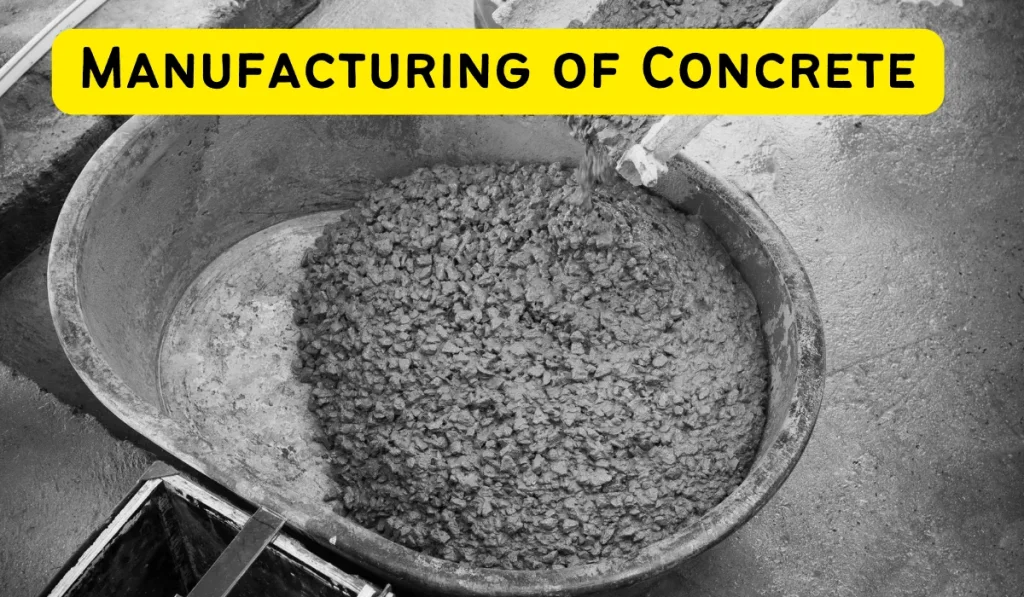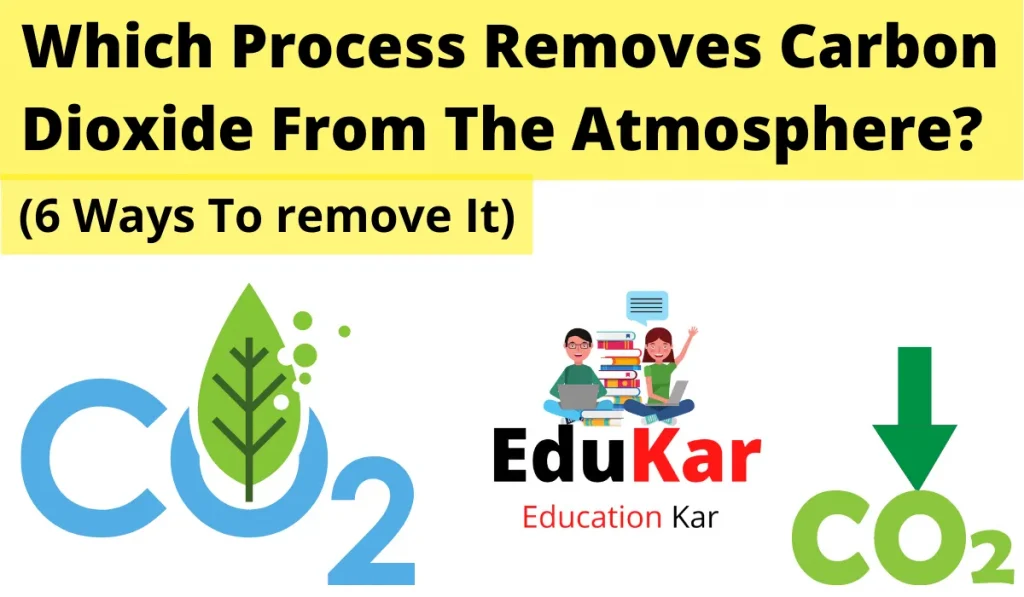
Q1. Classify industries on the premise of capital investment. How are they dissimilar from one another? Clarify with examples.
Ans. On the premise of capital investment, the industries are grouped into small scale industry & huge scale industry.
- The max to max investment in small scale industry is up-to 1 crore, e.g., toy business.
- If the investment is quite than one crore rupees, then it’s called as huge scale industry, e.g., steel & iron industry.
Q2. Classify industries on the idea of their main role. How are they dissimilar from each other?
Ans. According to the idea of their main role the industries are classed as:
- Fudamental or key industries. These industries supply their raw materials to produce other goods, e.g., copper smelting, iron & steel etc.
- Purchaser industries. These industries manufactures goods for direct consumption by consumers, e.g., toothpaste, fans paper etc.
Q3. Classify industries on the foundation of source of raw material. How are they dissimilar from each other?
Ans. On the foundation of the sources of raw materials used industries are sorted into agro-based industries eg- rubber, cotton, silk, tea etc. & mineral based industries eg- iron & steel, cement and etc.
They are dissimilar from each other in the following ways:
- Agro based industries are contingent on agricultural raw materials, eg- wool, cotton, sugarcane & etc. Mineral based industries use minerals & metals as a raw materials for eg- iron ore, bauxite & etc.
- Agro based industries depend on producing industries for tools, machinery, & implements. On the opposite hand, mineral based industries feed producing industries.
Q4. Suggest any 3 steps to lower the environmental degradation caused by the industrial development in India.
Ans. Environmental degradation can be lowered by
- Proper fuel selection & utilization, eg- CNG should be used in all the automobiles instead of using diesel or petrol.
- Equipment’s to authorize aerosol emissions such as inertial seprators, filters, precipitators & scrubbers should always be used.
- Smoke can be stopped by the use of oil rather than using coal in industries.
Q5. Which 2 prime factors are main for the situation of ‘Aluminium Smelting industry?‘
Ans. The 2 prime factors for the situation of aluminium smelting industry are:
- Cheap & Regular supply of electricity.
- Guaranteed supply of raw material at lower cost.
Q6. “Agriculture enhance the economic sector.” Support this line with arguments.
Ans.
- Agriculture boost economic sector by giving raw materials to agro-based industries.
- It totally depends on industries for machines, irrigations pumps & tools thus giving industries to set up production units.
- Agriculture allows industries to make fabrication process efficient.
Q7. Why was the cotton textile industry concentrated within the cotton growing belt in the early years? Explain this.
Ans. The cotton textile industry was mainly concentrated within the cotton growing areas due to the subsequent reasons:
- Abundant availability of raw cotton because of favorable climate & presence
of black soil. - Huge marketplace for cotton textile in & around Mumbai.
- Well-developed means of transport including counting the port facilities in Mumbai.
Q8. Explain any 3 aims of the ‘National Jute Policy 2005’.
Ans. In 2005, the National Jute Policy was adopted with the objective of:
- Increasing production.
- Growing best quality of jute.
- Higher yield per hectare & best price for jute goods.
Q9. Why does the textile industry take up an important position in the Indian economy? Explain.
Ans. The textile industry occupies a important position in Indian economy because it pony up:
- Remarkably to industrial production 14%.
- It lead to employment 35 million persons directly.
- Earns foreign trade about 24.6 percent.
- It pony up to a huge amount towards GDP 4 percent.
Q10. Why does the ” Chota Nagpur Plateau” region have the largest concentration of iron and steel industries? Analyse the reason.
Ans. “Chhota Nagpur Plateau” region has the very best concentration of iron & steel industries due to the subsequent reasons:
This region has vast reserves of coal & iron ore. Also, iron ore is easily available in the region, thus providing the raw material for steel & iron industries.
Q11. Why is the economic strength of a country measured by the development of manufacturing industries? Explain with example.
Ans. The economic strength of a rustic measured by the event of producing industries is:
- Manufacturing industries assist in modernizing agriculture.
- This sector modify raw materials into finished products creating more choices for the consumers and making it more flourishing.
- It reduces the large dependence of people on agriculture sector & creates jobs in secondary & tertiary sectors.
Q12. Why are maximum jute textile mills located in the Hooghly Basin?
Ans. The main component responsible for their location in Hooghly basin are: Proximity of jute producing areas. Cheap water transport. Assisted by good network of railways, roadways and waterways to ease movement of raw material to the mills.
Q13. Classify the industry on the basis of ownership and classify with suitable example?
Ans. Based on possession, industries can be classified as public sector, private sector, or joint sector. Public industries are owned & run by the government, whereas private industries are run & owned by private enterprises. Joint sectors are run as a cooperation between the government & private parties.
Q14. How agriculture & industries goes hand in hand?
Ans. Agriculture & industries goes hand in hand due to the subsequent reasons:
- Agro-Industries in India have elevated agriculture by increasing its productivity.
- Industries rely on agriculture for their raw materials, e.g., cotton textile industry.
- Industries supply many agricultural inputs like irrigation pumps, fertilizers, insecticides, PVC pipes, machines and tools etc.
Q15. In which state Bhilai Steel plant is located?
Ans. 40 kms west of Raipur, the capital city of Chhattisgarh, alongside the Howrah-Mumbai railway line & the Great-Eastern highway, stands Bhilai Steel Plant (BSP).
Q16. Name the industries which increase the air pollution?
Ans. A major amount of industrial pollution comes from manufacturing products from raw materials-
(1) iron & steel from ore.
(2) lumber from trees.
(3) gasoline & other fuels from crude oil .
(4) stone from quarries.
Q17. Name the industries which increase the noise pollution?
Ans. The three most harmful sources of noise pollution in an man made settings are machinery, construction and vehicles. People who work with drills, punch presses, saws, mills, lathes, & progressive dies must wear protective tools to avoid the ill effects of noise pollution.
Q18. Why Perambur (Tamil Nadu) is famous?
Ans. Perambur is well known for the largest presence of Anglo-Indians in Chennai (and arguably in South India) because of the erstwhile British settlements in & around Perambur, during the building and running of the Integral Coach Factory (ICF).
Q19. What is manufacturing?
Ans. Production of goods in large quantities after processing from raw material to more valuable products is called manufacturing.
Q20. What is agglomeration economies?
Ans. Various industries that liable to come together to make use of the advantages offered by the urban centers such as markets & services are called as agglomeration economies.
Q21. Why has the “National Manufacturing competitiveness council” been set up?
Ans. To improve the productivity economists predict what manufacture can achieve its target over the next decade.
Q22. Name the river-basin where jute industries are concentrated in India?
Ans. The river-basin where jute industries are concentrated India is Hugli river-basin.
Q23. Name the region which has the maximum concentration of Iron & steel industries?
Ans. Chota Nagur Region in Jharkhand has maximum concentration of iron & steel industries.
Q24. What are the factors responsible for the location of industries?
Ans. There are many different factors which play a vital role in establishing an industry. Some of the factors responsible are availability of raw material, power, capital & market etc.
Q25. Describe any 3 major problems faced by the cotton textile industry in India?
Ans. The following are the major problems faced by the cotton textile industry in India:
a. Machinery needs to be upgraded in the weaving & processing sections in particular.
b. Erratic power supply.
c. Low output of labor.
d. Stiff competition with the synthetic fiber industry.
Q26. How do industries pollute air? Explain the effects of air pollution.
Ans. Industries cause different types of pollution-land, air & water.
a. Air-borne particulate materials such as dust, mist, sprays & smoke cause air pollution.
b. Smoke is emitted from chemical and paper mills, brick kilns, smelting plants & refineries.
c. Air pollution is caused by the release of undesirable gases and smoke such as sulphur dioxide, carbon monoxide.
Air pollution adversely affects human health, animals & plants. In human beings, air pollution can create problem in respiratory.
Q27. Why are we not able to execute to our full potential in the iron & steel industry? Explain any 4 reasons.
Ans. Though India is an crucial producer of iron & steel, we are not able to execute to our full potential because of the below reasons:
- Huge cost & limited availability of coking coal.
- Labor engaged in fabrication has low productivity.
- Irregular supply of power add up to its problems of production.
- Technical development in iron & steel industries is very less.
Q28. What are the various steps have been taken by NTPC towards Environmental Protection?
Ans. NTPC has a pro-active outlook for preserving the natural environment & resources such as water, oil & gas in places where it is starting power plants. The perspective are as belows:
- Optimum utilization of instrument by adopting new techniques & upgradation of existing equipment.
- Minimizing waste generation by high up ash utilization.
- Giving green belts for nurturing ecological balance.
Q29. Tell the industry which uses limestone as its important raw material.
Ans. Cement, Iron & Steel industry uses limestone as its crucial raw material.
Q30. State the motive for the situation of Cotton Textile Mills in Maharashtra & Gujarat.
Ans. The cotton textile industry was mainly focused in the cotton growing areas because of the below reasons:
- Abundant availability of raw cotton due to favorable climate & existence
of black soil. - Large market for cotton textile in & around Mumbai.
- Well-developed means of transport which include the port facilities in Mumbai.
- Low- priced labor from the adjoining areas.
- Mild & moist climate is approving for spinning the cotton yarn.

![Corporate Accounting [Important Questions & Answers with MCQ] Corporate Accounting Important Questions & Answers](https://edukar.in/wp-content/uploads/2022/09/Corporate-Accounting-Important-Questions-Answers-1024x597.webp)


![Zoology Important Questions [Class 11th-English medium] Zoology Important Questions class 10 english medium](https://edukar.in/wp-content/uploads/2022/09/Zoology-Important-Questions-class-10-english-medium-1024x597.webp)

![Carbon And Its Compounds Important Questions [Class 10] Carbon And Its Compounds Important Questions Class 10](https://edukar.in/wp-content/uploads/2022/09/Carbon-And-Its-Compounds-Important-Questions-Class-10-1024x597.webp)








